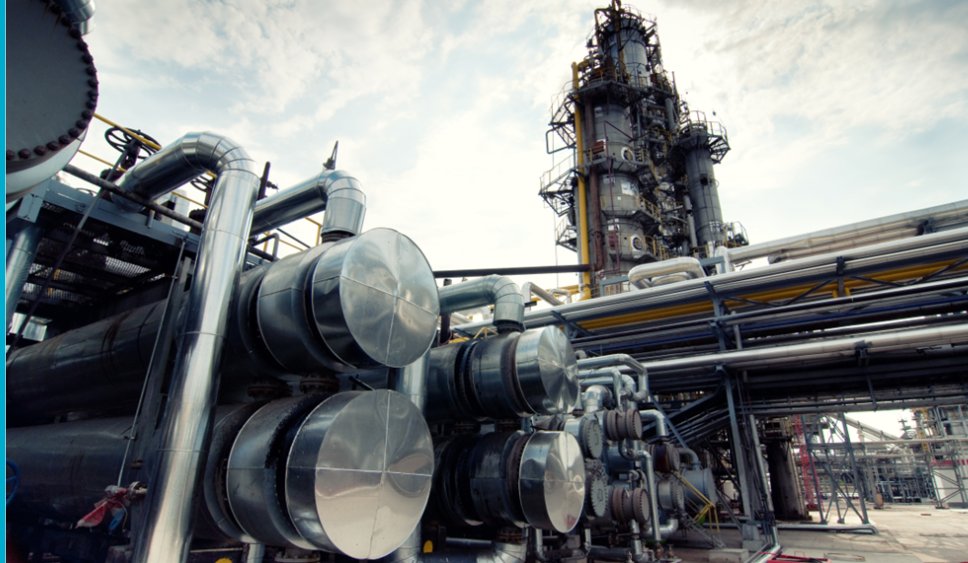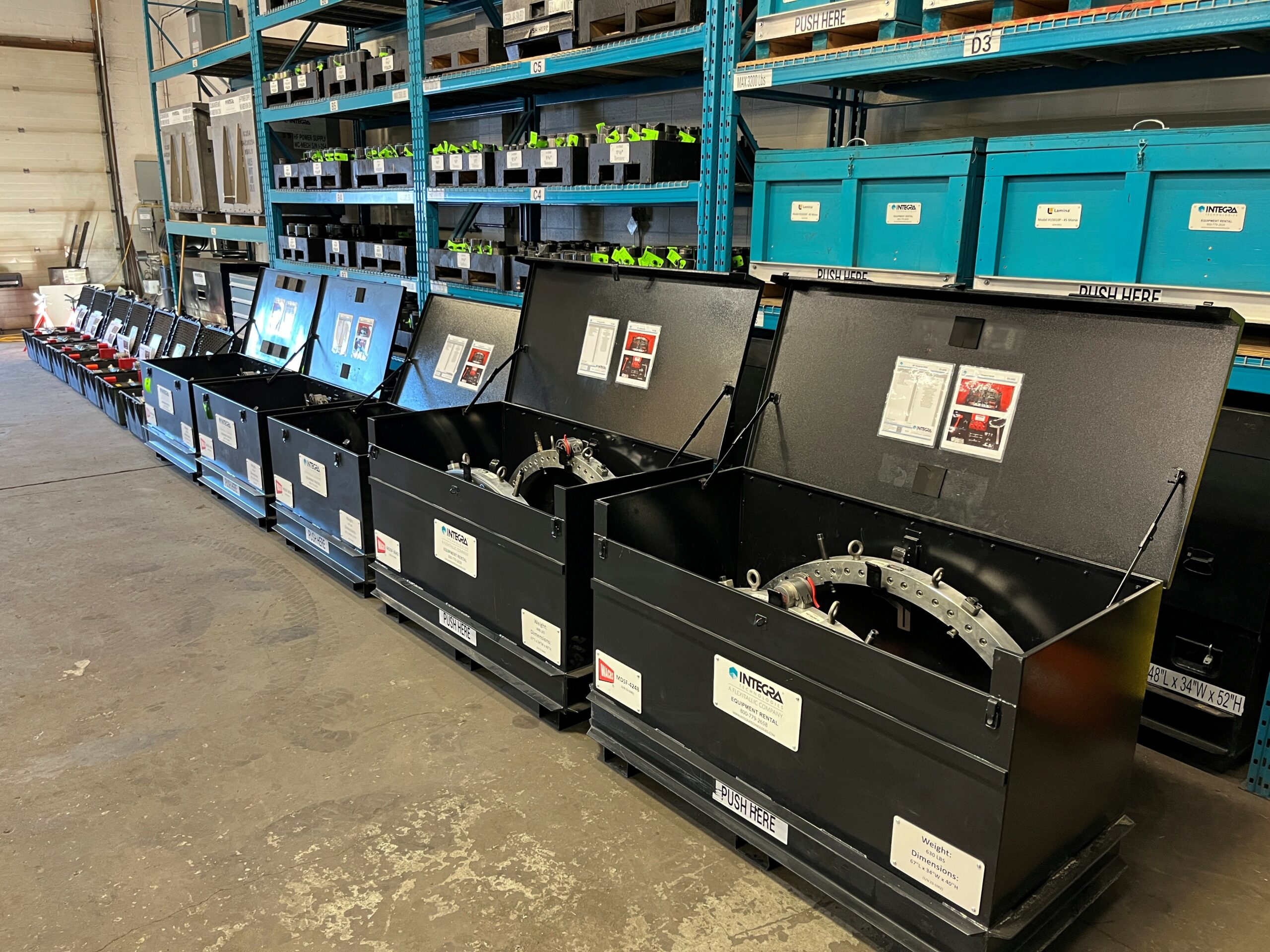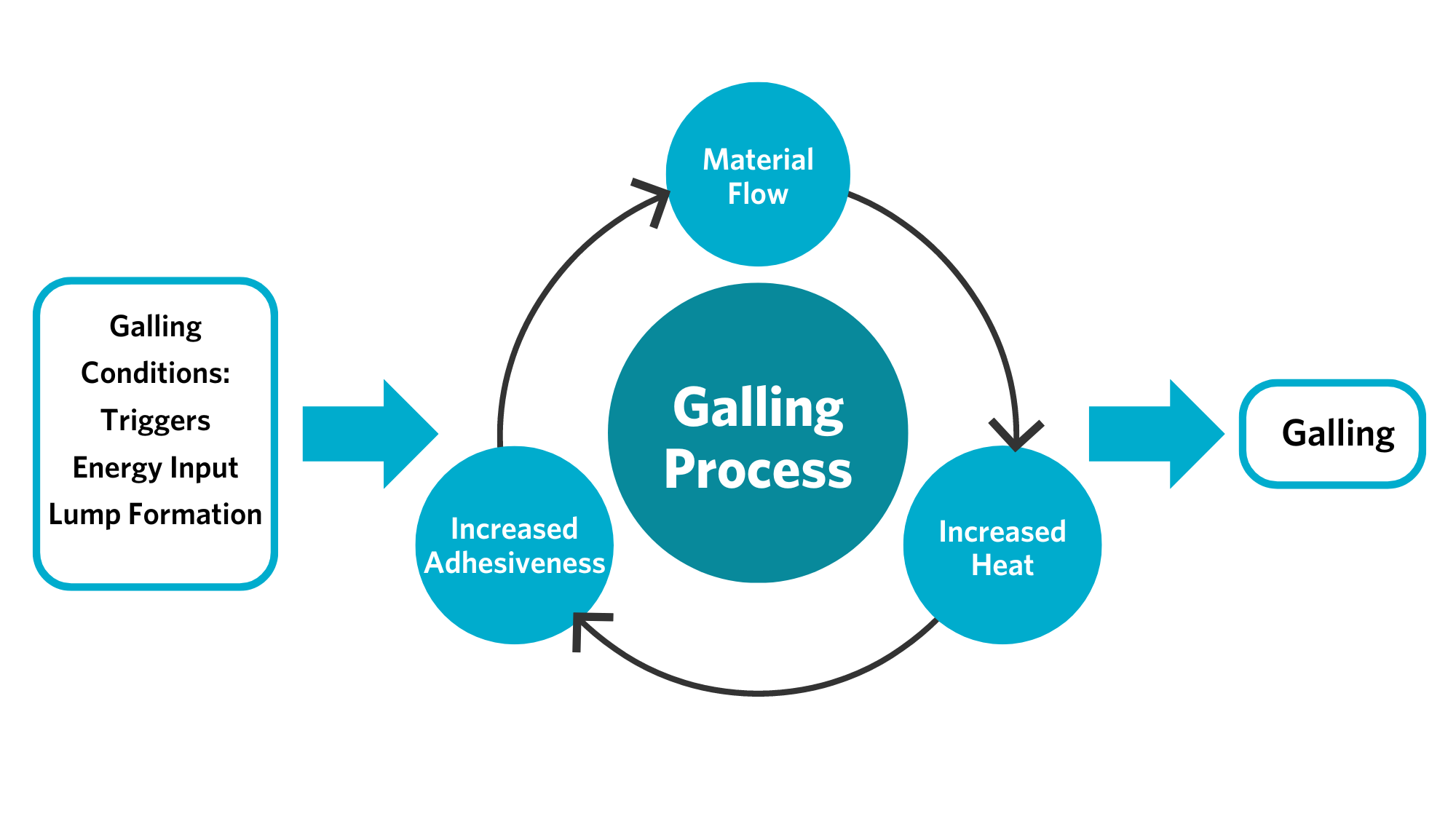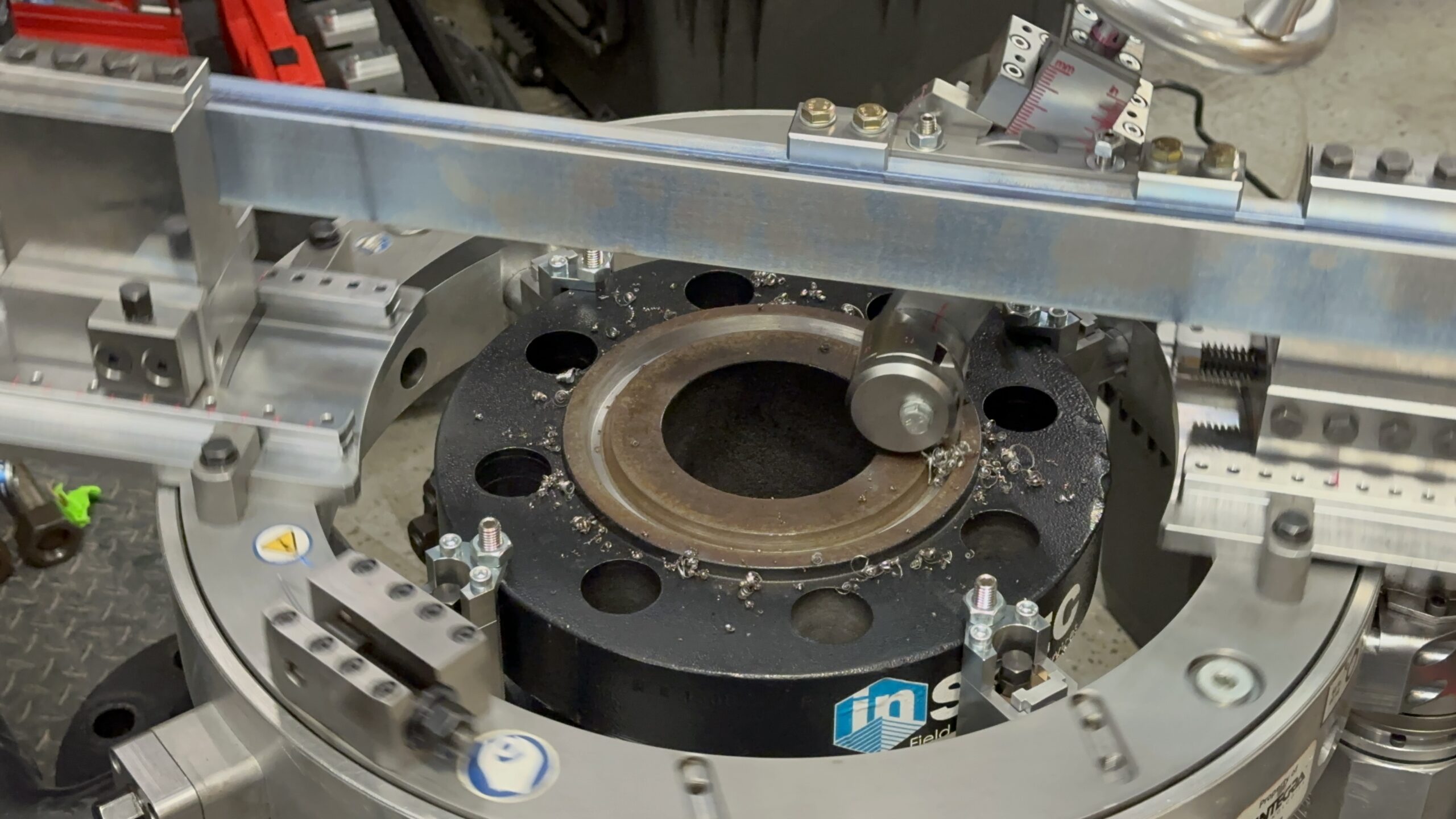Leak Detection and Repair (LDAR) is the process by which oil and gas, chemical, and/or petrochemical equipment is monitored for the location and volume of unintended leaks. LDAR requires manufacturing organizations to account for volatile organic compounds (VOC) they emit into the atmosphere. These leaks must be reported on an annual or semiannual basis as required by multiple governments around the world to stem the harmful environmental impact of VOC emissions.
The Five Elements of LDAR
In 2007, the United States Environmental Protection Agency identified five elements of an effective LDAR program.
 INTEGRA’s LDAR Program
INTEGRA’s LDAR Program
Identifying Components
Each regulated component must be assigned a unique identification number which should be logged on piping and instrumentation diagrams (P&IDs). Each regulated component must also be physically located within the facility, and in some states each component must be physical tagged.
Leak Definition
Method 21 requires VOC emissions from regulated components to be measured in parts per million (PPM), but different regulatory bodies might offer varying definitions of reportable leaks. Determine the threshold standard (or the emission amount that is considered to be a leak) according to the regulations applicable to your site. Weekly visual inspections of pumps, agitators, and compressors for indications of liquid leaks are also required.
LDAR Monitoring Components
Method 21 is the primary method for monitoring leaks according to many regulations and involves using a portable instrument to detect VOC leaks from individual sources. The EPA does not specify appropriate instruments but does offer specifications and performance criteria for those instruments. Toxic vapor analyzers (TVA) are a common instrument used to detect and quantify leaks. Leaks in inaccessible locations can often be detected using optical gas imaging (OGI), which can determine the presence of VOCs without traditional contact measurement tools.
Repairing Components
Leaking components should be repaired within the number of calendar days specified by applicable regulations and then monitored again to ensure that the leak has been reduced to below the leak definition.
Recordkeeping
Maintain a list of all ID numbers for regulated equipment, detailed schematics of regulated equipment, and results of performance testing and leak detection monitoring. Successful repair dates and monitoring proving success should also be recorded.
Common LDAR Mistakes and How to Fix Them
The EPA identified several common mistakes in LDAR implementation and offers best practices to correct these errors.
Mapping
Failure to maintain thorough and up-to-date P&IDs that map out the regulated components throughout the facility can lead to incomplete or inefficient monitoring. Field audits should be performed periodically to ensure PIDs accurately represent the equipment currently installed in the facility.
Leak Monitoring
Failure to monitor at maximum leak locations, for a long enough duration, or at all regulated components can result in missed leaks and higher emissions. When multiple regulators require reports, it is also possible to use the wrong leak definition. When reporting to multiple regulators with varying leak definitions, it is recommended to default to the lowest leak definition to ensure compliance with all regulations.
Repair
Failure to repair leaking components within the specified time frame or inaccurately identifying them as requiring a delay to repair results in lack of compliance and continued leaks. The EPA recommends using an electronic data logger to save time, improve accuracy, and provide an audit record regarding identified leaks and appropriate repair measures.
INTEGRA Technologies experts have also identified common mistakes they encounter in the field:
Inaccurate Inventory
Our emissions experts often encounter inaccurate inventories that include equipment pieces that do not fit the criteria for inclusion. Such pieces should not be tested or calculated for emissions as this will generate a false reporting of VOC emissions.
Inefficient Repair
A common mistake our experts encounter in the field is failure to use monitoring data to prioritize the order of repairs. Leaks that pose the most significant potential safety issues should be repaired first. Monitoring data can also be used to identify leaks that will result in the largest economic impact if left unchecked.
Ineffective Repair
Our experts also often encounter ineffective repairs caused by an improper understanding of the mechanics of leaks. Improper repair of leaks can result in additional leaks in the future.
How can INTEGRA help?
INTEGRA can help ensure a cleaner, safer world by reducing the amount of emissions that escape for non-productive purposes. Our experts can assist with all phases of the LDAR process, from establishing an initial plan to inventorying and mapping regulated equipment to populating a database of that inventory for tracking field testing results. Our LDAR technicians are well-versed in Method 21 processes and technology and can provide accurate and efficient third-party monitoring in compliance with federal regulations.
We also have the technology to detect leaks during commissioning and start-up such as LeakSeek™, which can reduce or eliminate the use of nitrogen and helium gas and can identify leaks as low as 6 psi, locating problematic components before they become reportable . Furthermore, INTEGRA has the breadth of service capabilities to fix identified leaks and ensure that leaks do not reoccur.
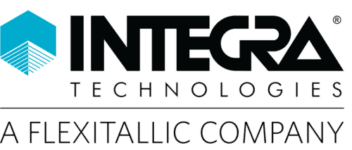
 INTEGRA’s LDAR Program
INTEGRA’s LDAR Program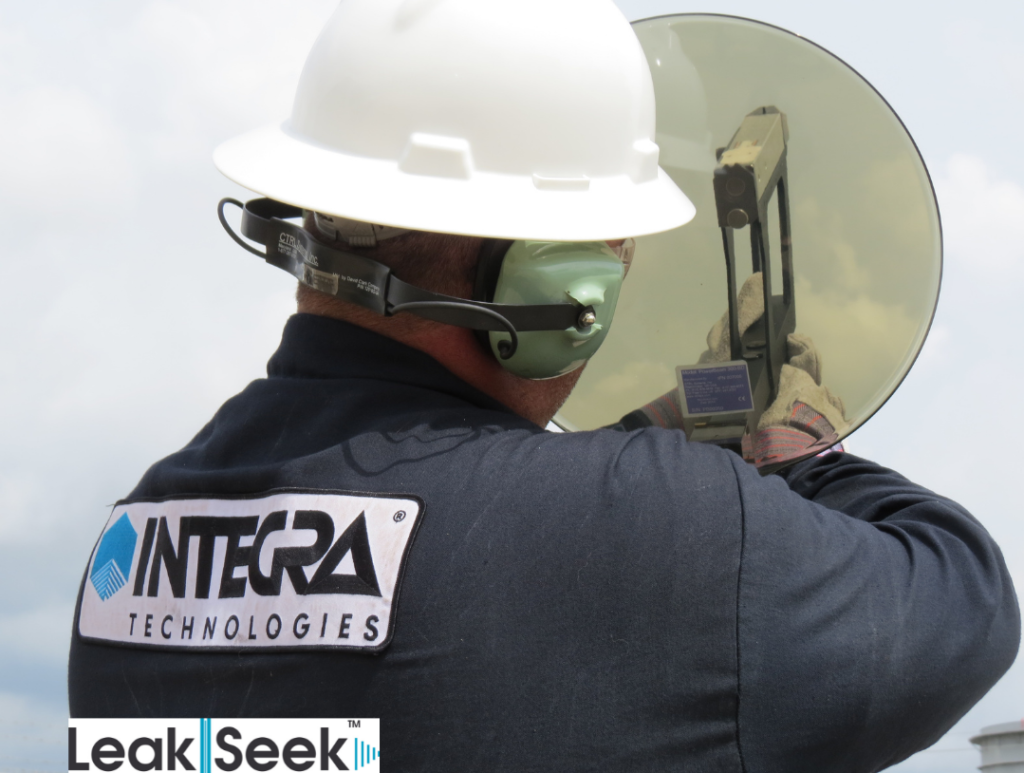 LDAR Technician
LDAR Technician